Stamp of Approval: Inployable
The issue:
Employment is crucial for all individuals, including people with Down syndrome. Employment not only provides income but also skill development, social connections, self-confidence, and self-worth. However, there is a huge discrepancy in the amount of people with Down Syndrome struggling to find gainful employment when contrasted against the rest of the population - over 43% of people with Down Syndrome are unemployed, and of the 57% who are, most are making below poverty wages due to systemic laws like sub-minimum wage. Individuals with Down Syndrome remain excluded from the workforce due to pervasive misconceptions about their abilities, rooted in ableist implicit biases and heuristics. The Canadian Down Syndrome Society teamed up with LinkedIn to change this.
The solution:
To address the need for resources, employment and connection, the Canadian Down Syndrome Society (CDSS) launched "inployable," an employment network on LinkedIn designed specifically for people with Down syndrome. This initiative was executed in collaboration with LinkedIn to ensure the platform was both discoverable by potential employers and user-friendly for job seekers.
The strategy:
Individuals with Down syndrome often face outdated stereotypes that hinder their employment opportunities. To foster true inclusivity, CDSS created a LinkedIn hub that allowed employers to discover these candidates and provided an inclusive user experience. From CDSS’s perspective, this approach aligned with Misfit Media's "Gen-Pop Disability Inclusion" framework, aiming to normalize the presence of disabled individuals in mainstream scenarios.
The work:
The campaign launched during Down Syndrome Week 2022 with a provocative video showing individuals with Down syndrome destroying their resumes to signify a new era of hiring through inployable. Watch that here!
Despite a modest media budget, the campaign was promoted via social media, PR, and community advocacy groups. LinkedIn also added over 30 skills relevant to the Down syndrome community and provided employers with resources for inclusive hiring practices.
The Results
Inployable achieved notable success:
Awareness: The campaign garnered over 149 million impressions with a media spend of $7,500, equating to 19,867 impressions per dollar.
Connection: 700+ companies across 24 countries and 164 industries follow the page, with 91% of followers in HR. Over 100 jobs have been posted.
Employment: 17% of candidates have secured jobs, making inployable one of the fastest-growing company pages on LinkedIn.
The Next Steps (Misfit Recommendations)
This campaign was a massive win for CDSS and because of their partnership with LinkedIn, LinkedIn also received a lovely glow from the PR “halo effect.” Bravo! Also, don’t stop!
There’s no such thing as “too inclusive” and while this campaign was a huge success, there’s still a massive unemployment issue for disabled people around the world.
What we’d recommend as next steps for LinkedIn is to set up some sort of incentive and awareness campaign to help hiring managers and HR professionals understand their implicit biases, and list vetted organizations that can help businesses be more supportive of disabled employees so that once they recruit disabled employees, they can also retain disabled employees.
We’d also recommend doing an impact series featuring real employees with Down Syndrome to talk about their experience with inployable, and how it’s made a difference in their lives. Then, work with influencers who focus on Down Syndrome to share those stories on social and redirect the viewer to more info on the project. Ideally, we give viewers an option to select which side of the project they’d like to learn more about (employing disabled workers, or getting employment as a disabled person).
From there, LinkedIn can retarget and sell ad space for B2B companies who support organizations and individuals with disabilities.
C Suite Takeaway
The success of inployable underscores the importance of inclusive hiring practices and the potential of digital platforms to connect marginalized communities with employment opportunities. By normalizing disability inclusion and leveraging platforms like LinkedIn, companies can unlock a vast, untapped talent pool, fostering both social and economic benefits.
The inployable initiative exemplifies how strategic partnerships and inclusive frameworks can drive significant social impact and organizational growth.
In addition to filling the gaps for employment, CMOs should specifically take note at what happens when you look at a real issue facing the disability community (unemployment), take a strategy-first, systemic approach (partner with LinkedIn to create a system of inclusion), and work with the community to create beautiful creative that tackles stereotypes, stigmas and tropes head on.
How we can help
One of our favorite services to do at agencies is something we call an Inclusion Sprint. We come in and do about 5 minutes of content from each of our 13 signature trainings and come prepared with a list of real, important issues that you and the brand(s) you represent could easily impact based on the ethos, brand values, voice and previous impact campaigns you’ve already done within other areas of CSR.
We split your team up into groups and facilitate discussions and we dream - the “what if we…”s that come out of these sessions are some of the most awe inspiring, powerful ideas and we always ensure they tie back to the bottom line and add value for the brand. If we don’t think the ideas will generate immediate ROI, we workshop them until they do.
Your team leaves with an outline for a CSR campaign that you can begin to implement and execute, and your brand will receive raving fans forever and awesome ROI. Talk about win-win.
